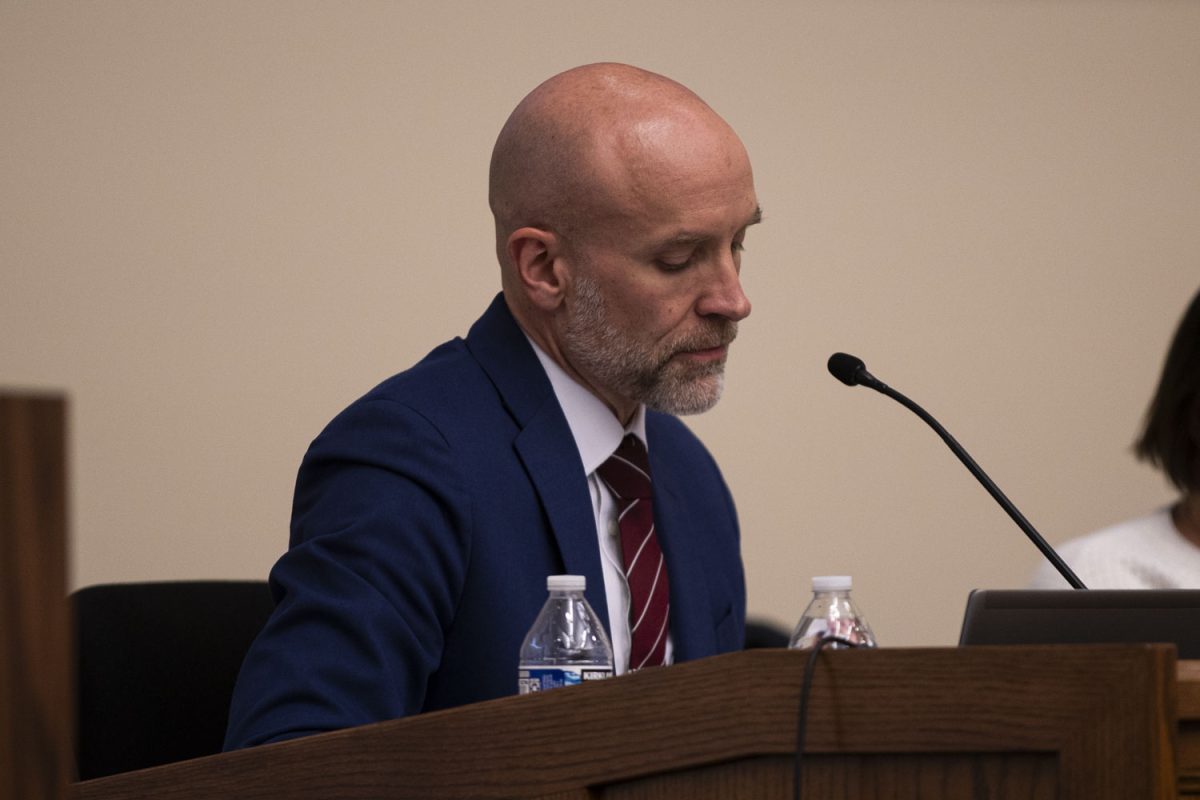Experts said Iowa City’s new floodplain regulation will prevent future damage and provide a safer environment for emergency response teams, though some acknowledged possible short-term negatives.
The newly amended ordinance — approved unanimously by the Iowa City City Council Tuesday — requires new developments to be built 1 foot above the 500-year floodplain, replacing previous regulations which required buildings to be 1 foot above the 100-year floodplain.
Additionally, the amendment will bar certain facilities from building in the area, such as emergency operations responders, medical hospitals, and nursing homes.
Connie Mutel — a historian and archivist at the University of Iowa’s IIHR-Hydroscience and Engineering Institute — said flooding has become more frequent with climate change.
"Floods are flashier than in the past, and they are rising higher than in the past," she said. "[The new regulations] are a very proactive way of protecting people from inevitable flooding."
Such regulations align with a statewide movement to prevent flood damage, she said.
"There is a model across the state of proactive flood protection, so it’s fantastic that Iowa City has done the same thing," she said.
But one city official is concerned with the amendment.
Councilor Connie Champion said the new regulations are "valuable" but "not perfect," and they may displace people who live in the floodplain area. Though the ordinance only affects new development, any buildings being remodeled are also subject to the new rules.
The regulation may discourage development in the area, Champion said.
But Bart Cramer, a UI urban and regional planning adjunct assistant professor, said this amendment is mostly common sense. While businesses that must move out of the floodplain could face financial ramifications, he said, the city should be working in such a direction to get development off the floodplain.
"Blocking development in the floodplain is a pretty typical strategy that cities and towns use," he said. "It’s not going to make some people happy, but obviously, you have to ask yourself what’s the alternative if you just allow the development to go ahead."
And while some city councilors worried about the amendment deterring development from the area, Cramer said he thought the change would be a positive move and incoming businesses might be happy about the pre-emptive plan.
"I don’t think it will have much of an impact because there’s plenty of room in other places in Iowa City to develop," he said. "Businesses coming here would probably be happy to see Iowa City has a disaster mitigation plan in place — it might actually be positive."
City Councilor Regenia Bailey, who had similar thoughts on the new regulation, said the floodplain specialist worked very hard to create a plan that balanced both concerns with building in a floodplain and the fact Iowa City already has buildings on the floodplain.
"Fundamentally, our realities of understanding flooding were altered by 2008, and the council would be remiss if we did not respond to that appropriately," she said. "One of the ways to respond is to make sure our public policy is in line with our new information, and that’s exactly what this does."






